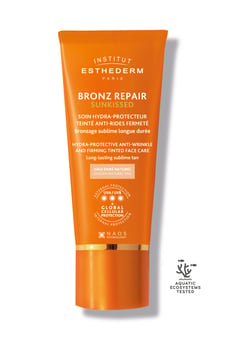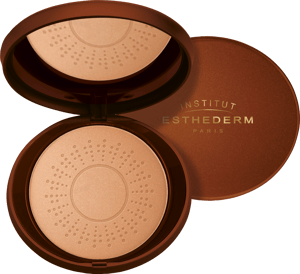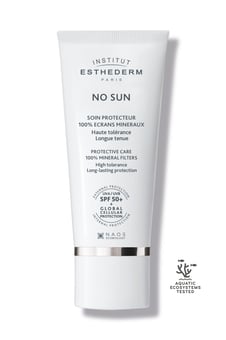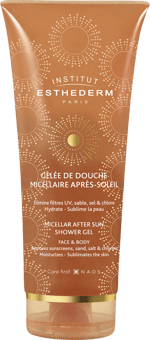Bronz Repair Sunkissed Soin Hydra-protecteur teinté Anti-rides fermeté - Soleil fort
INSTITUT ESTHEDERM

Bronz Repair Sunkissed Soin Hydra-protecteur teinté Anti-rides fermeté - Soleil fort
INSTITUT ESTHEDERM
Bronz Repair Institut Esthederm Sunkissed Soin Hydra-protecteur teinté Anti-rides fermeté - Soleil fort
Suncare Face, Neck
















